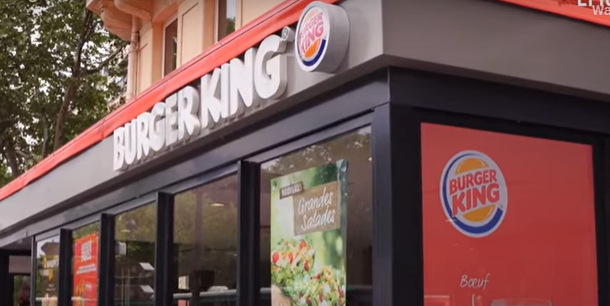Hundreds of Burger King restaurants in the United States are going to disappear in the months ahead as the company reports the bankruptcy of some of its biggest operators. A series of challenges are threatening its empire as one of the largest fast food chains in America and the world right now. New data reveals that Burger King is falling behind major rivals, including McDonald’s, Taco Bell, and Wendy’s, as revenue shrinks and its restaurants continue to lose popularity amongst US consumers. The numbers indicate that the company’s problems are getting exponentially worse in 2023. Continued below the video
That’s why today, we are going to expose the factors that are accelerating the demise of this popular brand. Not one or two, but three major Burger King operators have filed for bankruptcy so far this year. The biggest franchisees in the state of Ohio, Utah, and Michigan have reported severe cash flow problems and a steep decline in foot traffic, sales volumes, and profits for years. They have been operating several stores at a loss, and about 400 of them are going to close doors for good this year. In addition, the company’s executives shuttered 124 underperforming locations between January and May, and another 63 restaurants were eliminated from its portfolio last month, according to reports released by Restaurant Dive.
In all, roughly 10% of Burger King’s 7,400 locations in America are likely to disappear in 2023, industry estimates reveal. Right now, corporate executives are pressuring collapsing franchisees to sell their stores to other operators instead of closing them, which could result in financial losses to the tune of $300 million. Last month, the company joined a filing alongside various creditors and vendors, to force a sale of the remaining units managed by struggling franchisees. The fast food chain’s US store profitability has been declining for over a decade now. In fact, between 2010 and 2020, Burger King’s annual revenue decreased by 36%. In 2010, the brand made an average revenue of $2.5 billion, whereas that number was only $1.9 billion in 2022.
Even before the COVID-19 Pandemic Burger King began to see a concerning decline in revenue. For instance, between 2012-2013 alone, the company’s revenue fell by 41.6%. The Buy One, Get One for $1 and 2 for $6 promotions on Whoppers and chicken and fish sandwiches proved to be much less popular than the 2 for $5 deal the chain had in 2020, creating a “considerable year-over-year gap” in BK’s earnings. Despite the strategy shifts announced by the chain, those moves didn’t seem to be enough to help effectively boost its sales. In June, Burger King’s domestic same-store sales grew by 1.1%, but this was a very disappointing gain when compared to its biggest competitor McDonald’s, which grew its sales by 15%.
Not to mention, Burger King lost its spot as America’s second-largest burger chain. In 2021, Wendy’s surpassed Burger King to become the nation’s No. 2 burger chain by sales. According to Technomic data, Wendy’s system sales increased by 4.8% last year. Burger King, meanwhile, dropped by 5.4% to $9.6 billion. It’s clear that the industry giant is not as financially healthy as we all thought and if there’s something that we learned from the retail apocalypse and the bank collapses of earlier this year is that there’s no company that’s too big to fail. A few bad quarters can bring down an empire that has been built over decades, let’s just hope that’s not the case with Burger King.






